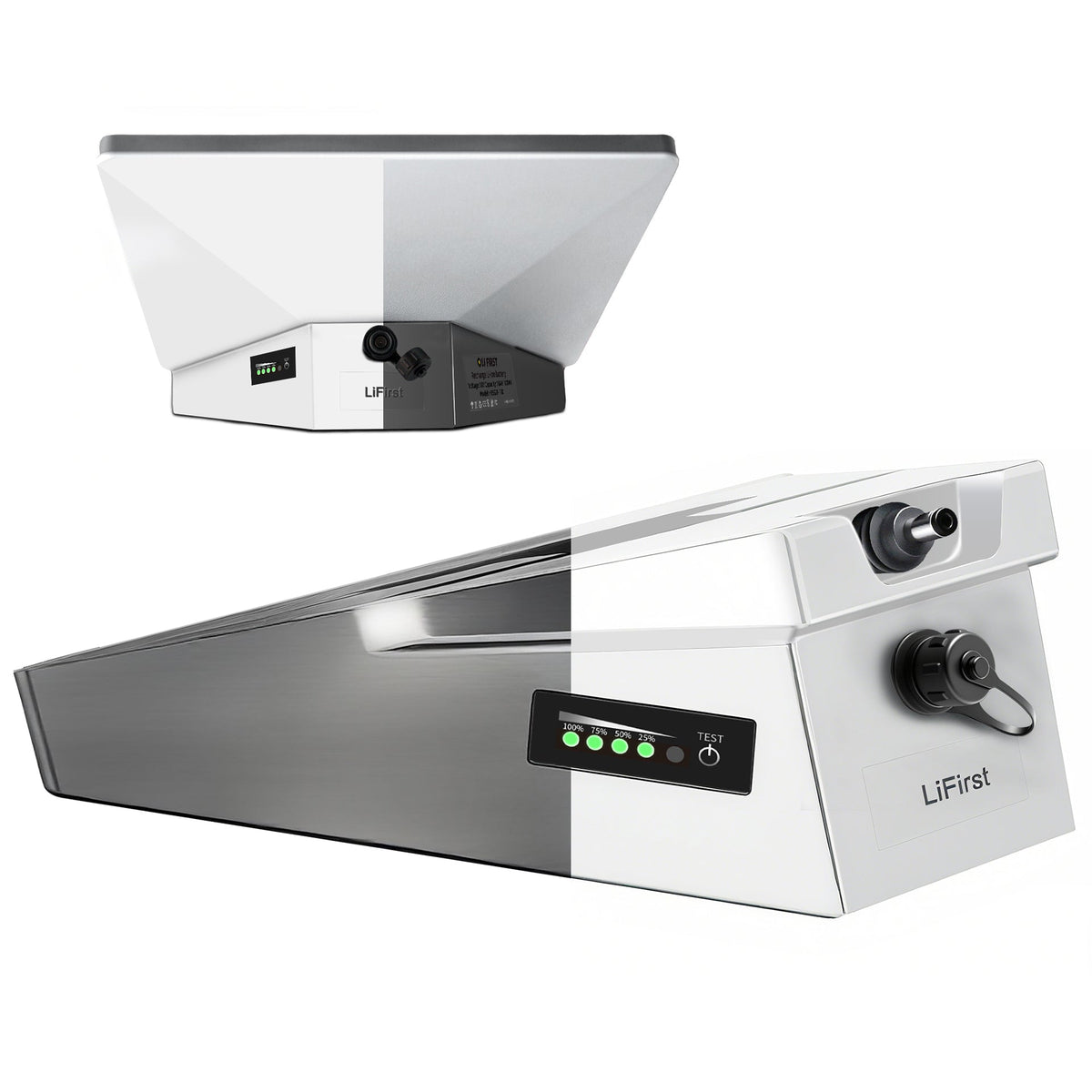Beyond “clear sky,” different terrains and vegetation behaviors change connection quality. This post covers subtle, actionable techniques:
-
Tree Canopy Dynamics: Leaves and branches move with wind — a small gap above the horizon can still be blocked by swaying foliage. Raise the dish a meter or two on a tripod to clear dynamic obstructions.
-
Terrain Reflection & Multipath: In valleys, signals can bounce off rock faces causing multipath interference. Aim the Mini where it has the most direct sky and minimize reflective surfaces behind the dish.
-
Wet Foliage & Attenuation: Wet leaves and dense moss absorb RF energy more than dry foliage; after rain, reposition to a more open spot or elevate the dish.
-
Vehicle Placement: Park on a slight rise, not in a hollow; metal vehicle bodies can block low-angle sky — move dish off the roof edge if needed. Using the 180Wh clip battery simplifies quick re-mounting when you reposition.
-
Micro-adjustments: Small lateral moves of 0.5–2 meters can dramatically improve line-of-sight in cluttered sites — test brief relocations before settling.
These field techniques help users get reliable Starlink Mini connections in forests, mountains, and other challenging environments.

0 comments